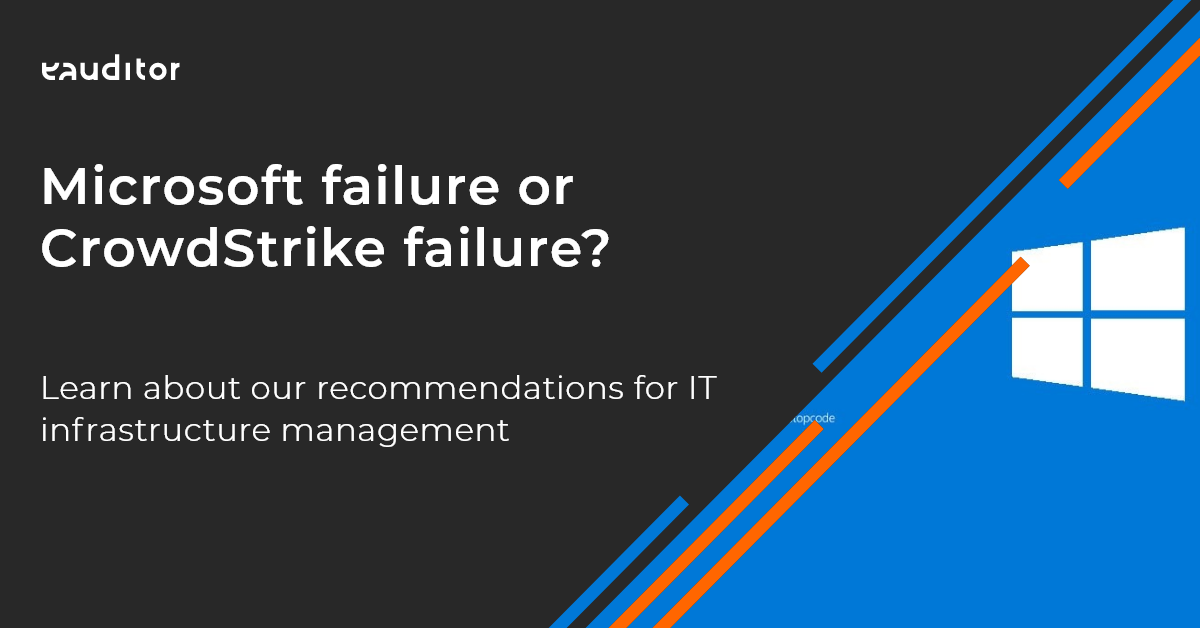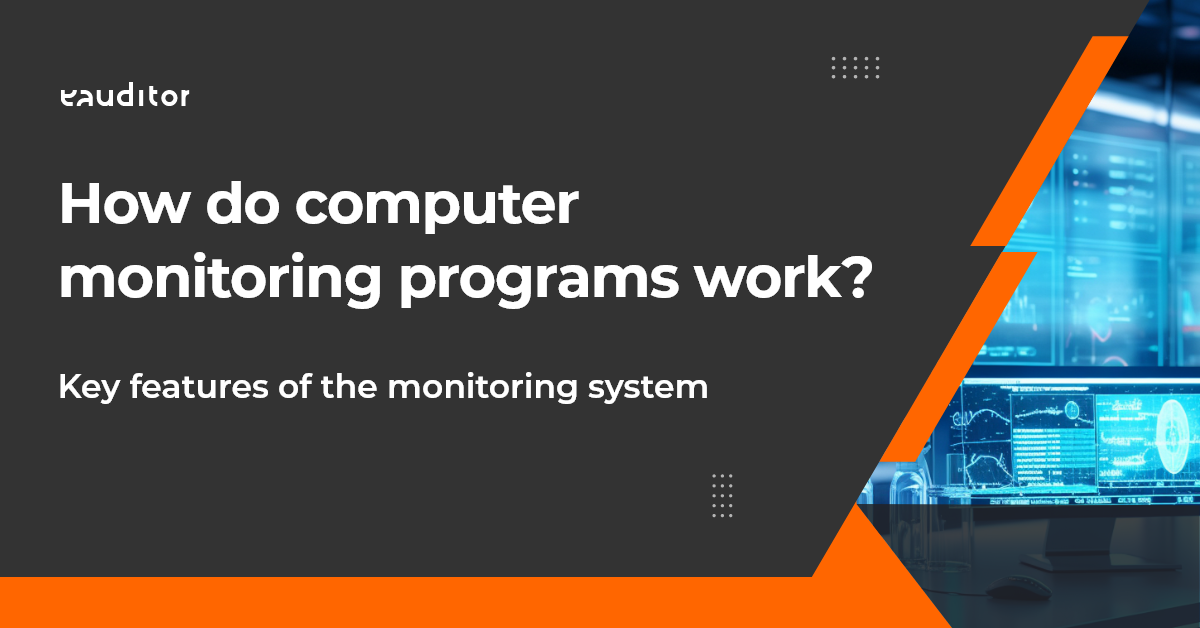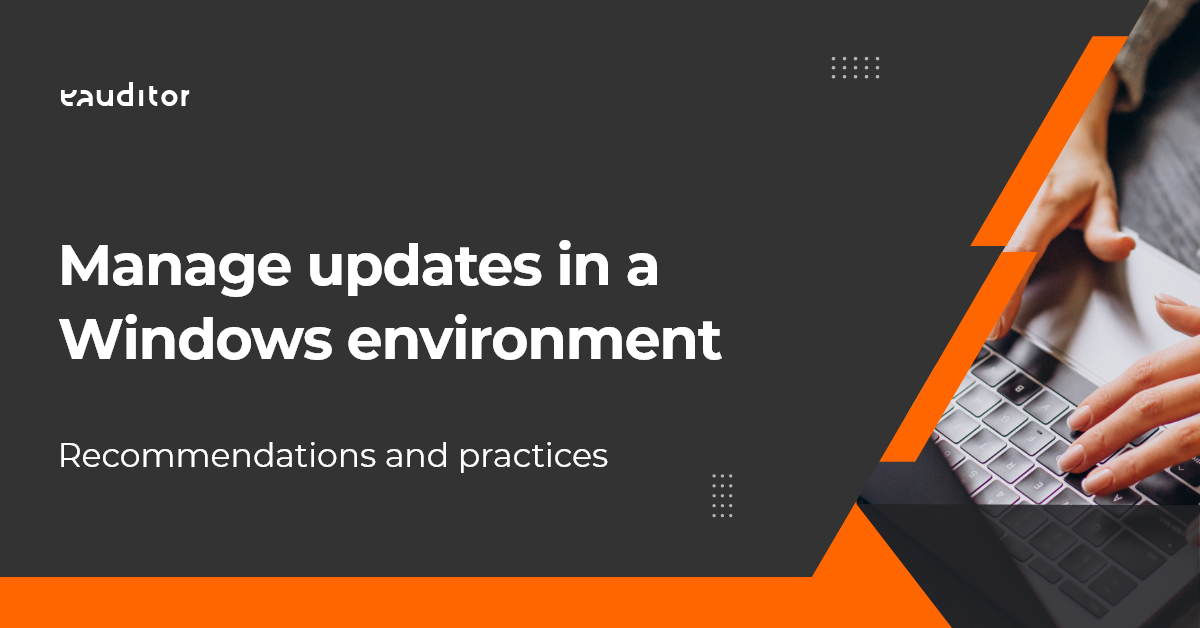Software license management
How to streamline the process of accounting for software licenses?
Software license management in an organization
Software Asset Management (SAM, for Software Asset Management) is one of the key issues that requires constant oversight in an organization. It includes, among other things, verifying license keys and overseeing the licenses used. Organizations that improperly supervise licenses are starting to run into more and more problems. Failure to supervise their legality or duration can result in high costs for the organization. In addition, increasing digitization is forcing many companies to make changes in order to adapt to evolving technology, which has to do with the use of more software, among other things. Unfamiliarity with the rules on how to properly manage licenses therefore exposes a company to significant legal risks. In order to protect against situations such as license violations, it is worthwhile to manage licenses properly.

Risks associated with inadequate license management
- negative audit results – finding of license non-compliance during audits often entails heavy fines. In the case of blatant violations, these fines can increase significantly and amount to as much as one million zlotys. Most often, they involve issues related to the integration of licensed software with other systems or failure to pay for licenses that have already expired. When an organization fails to pass an audit, it also faces multiple legal processes to bring the infrastructure to the desired state.
- inefficient use of software – lack of knowledge in the context of license management translates into inefficient use of programs and inadequate determination of purchasing needs. Administrators are not aware of the exploitation of various types of software in the organization, and as a result cannot make informed purchases. This causes high expenses in the company and translates into inefficient use.
- reduction of IT security – illegal use of software and downloading it from insecure sources significantly increases the risk of infected computers. If employees are detected using illegal software, the company also faces heavy fines. This is especially troublesome if the organization is extensive and has about 1,000 computers with illegal software. Then the costs incurred by the organization for not supervising the software are really high. A much cheaper and more optimal solution would be to purchase a software management system. With it, the organization is able to control the programs on the computers, incurring a one-time cost for the purchase of the system.
Benefits of managing software licenses in an organization
The organization’s license management software allows you to increase cost optimization in your organization and effectively manage risks. Above all, it is also an opportunity to streamline the company’s licensing solutions. It significantly increases the effectiveness of infrastructure management and IT security. The right system for accounting for software licenses also allows you to effectively control the resources located in the company. Therefore, license management should be an important point of your company’s operation, especially in the case of growing infrastructure and increasing software in the organization.
License management software
Having a large number of computers in a company, it is worth investing in an IT system that will relieve the burden on IT administrators and streamline license management processes. One of the software available on the market is eAuditor, which allows you to streamline the license accounting process. Below you will find 3 key benefits indicating that choosing this system will help you manage your organization’s software licenses more efficiently:
1. Full knowledge of your licenses – the eAuditor system facilitates access to purchased licenses in the organization. This allows the administrator to quickly check their legality, attach the necessary documentation to the resources, and quickly find hardware with installed licenses in the organization. The system also automatically informs about changes occurring in the post-software installed on computers.
2. Optimize the licenses used – having knowledge of licenses in a comprehensive system, it is possible to make optimal use of IT resources. This makes it possible to make rational purchasing decisions, leading to a reduction in IT infrastructure maintenance costs. This makes it possible to determine the suitability of installed software based on the data in the system.
3. Easier allocation of programs and licenses – proper license management makes it possible to determine which software is used in the organization and which is not. This makes it possible to move unused software to the positions that need it. This is also important in terms of reducing the cost of operating the IT infrastructure.




